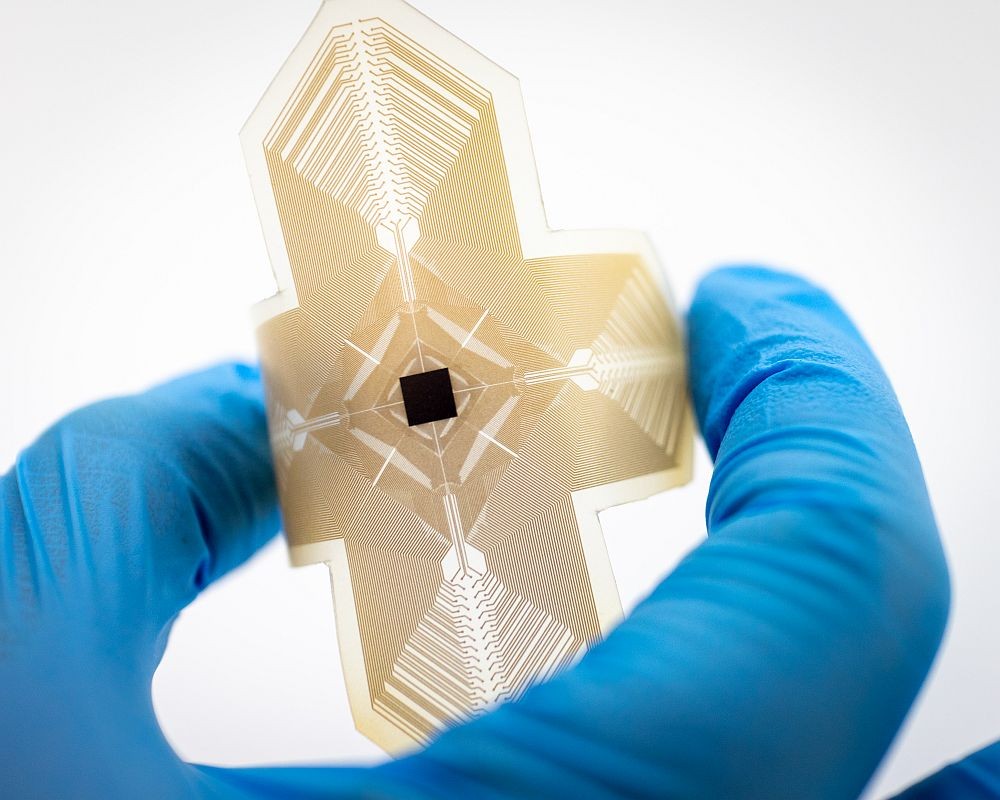Smart and Healthy Living
Electricity, not pills
Fraunhofer IZM and the Delft University of Technology are developing electroceutics for the drug-free treatment of chronic diseases.


According to a 2007 study by the Robert Koch Institute, one in four women is affected by urinary incontinence. This form of bladder weakness often has to be treated medically and even surgically – a process that can be lengthy and expensive and may include side effects. The working group "Technologies of Bioelectronics" at the Fraunhofer Institute for Reliability and Microintegration IZM is therefore researching the use of electronic microimplants as an alternative.
Electrical impulses regulate body functions
Electroceutical implants can electrically stimulate nerve cells in a targeted manner to trigger or block body signals or to send them to other places in the body. Physiological processes can thus be activated or inhibited depending on the nature of the disease. Feedback loops between nerve cells and microimplants allow therapies to be personalized for patients. The use of electroceutics thus enables completely new therapeutic methods and minimizes the risk of possible side effects. In the case of bladder incontinence, a sensor system is being developed to monitor the bladder volume and, if necessary, send a message to plan the visit to the toilet in good time.
Unintentional emptying of the bladder can be prevented by high-frequency stimulation of the nerve concerned. Electroceuticals can also be used to treat many other chronic diseases whose mechanisms of action respond to electrical stimulation. These include asthma, diabetes, Parkinson's disease, migraine, rheumatism and high blood pressure.
Challenges and solutions
For use in the body, the system must be wireless and work through tissue and body fluids. The battery is therefore charged via ultrasound, which sets vibrating bodies in the implant in motion. The kinetic energy is then converted into electricity. To ensure that the body does not reject the implant, the researchers use biocompatible materials such as special polymers, precious metals or silicon. The researchers are constantly working on miniaturising the system, aiming for a total size of less than 1 cm³. The implants shall last several decades. Reliability and durability tests are carried out in fast motion with the expected exposure to electromagnetic vibrations, humidity and temperature. In parallel, test models are currently being developed which are also suitable for clinical research.
Last modified: